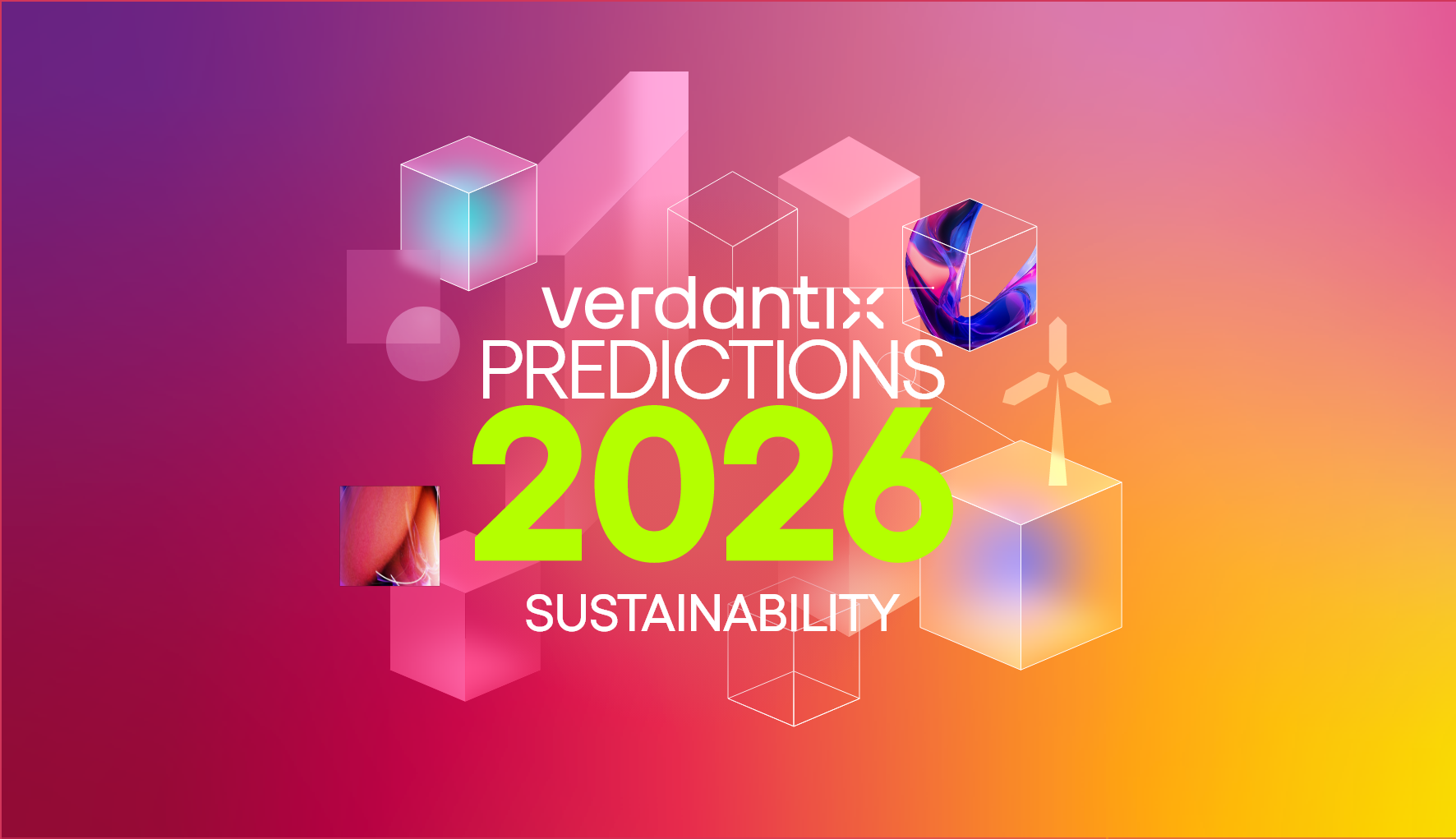Logging A New Course: The Roadless Rule Rollback And What Lies Ahead
What is the Roadless Rule?
On June 23, 2025, the Trump administration announced that it would rescind the ‘Roadless Rule’, removing protections for nearly 60 million acres of national forests throughout the US. Established in 2001 under the Clinton administration, the Roadless Rule prohibited logging, road construction and mining in designated undeveloped areas of national forests. The lands impacted by the rule span some of the country’s most iconic and ecologically diverse landscapes, such as the Tongass National Forest in Alaska, portions of the Shenandoah Mountains in Virginia and vast areas of the Frank Church-River of No Return Wilderness in Idaho.
Beyond their beauty, these forests provide vital ecological services: they are home to rich biodiversity – including endangered species – and they contain watersheds that are important sources of drinking water and protect local communities from flooding. The Trump administration claims that rescinding this rule will help the federal government better manage wildfires. But many environmental groups are arguing just the opposite – that opening these areas to development increases the risk of fires and damages fragile habitats that are already under stress from climate change.
This move by the Trump administration has already received significant pushback, with environmental groups such as Earthjustice indicating they would challenge this rollback in court, and Congressional officials and local business leaders voicing disapproval.
How does this compare with regulations in other countries?
The rollback of the Roadless Rule stands in stark contrast to the direction many other jurisdictions are taking to protect nature and biodiversity. For example, the UK has implemented its Biodiversity Net Gain regulation and Brazil has established a Pact for Ecological Transformation, as well as announcing other regulations to protect its ecosystems.
Meanwhile, the European Union is pressing ahead with the EU Deforestation Regulation (EUDR), which is designed to curb global deforestation by regulating the import of key commodities, including wood. Although the European Commission announced plans earlier this year to simplify aspects of the legislation, the core objectives of the EUDR remain: reduce the EU’s environmental footprint, address deforestation and support more sustainable, traceable global supply chains. By holding firms accountable for ensuring that products entering the EU market are not linked to deforestation, the EUDR has global implications for businesses trading with the EU. In comparison, the US move is solely focused on specific locations, not the characteristics of the party operating within that location.
What does this mean for businesses?
For multinational firms, these differing policies present both operational hurdles and reputational risks. Products sourced from newly accessible areas of the US (due to the rollback of the Roadless Rule) could encounter significant market access barriers in the EU, as the EUDR will require verifiable proof of deforestation-free origin. Additionally, organizations that are sourcing from – or have suppliers sourcing from – these sensitive areas may face backlash from other stakeholders. As international policies raise the bar on deforestation, sourcing from newly opened US forest lands could become a liability for global firms.
For more information about changes in sustainability requirements under the Trump administration, see Verdantix Strategic Focus: ESG & Sustainability In The US.
About The Author

Jessica Pransky
Principal Analyst





